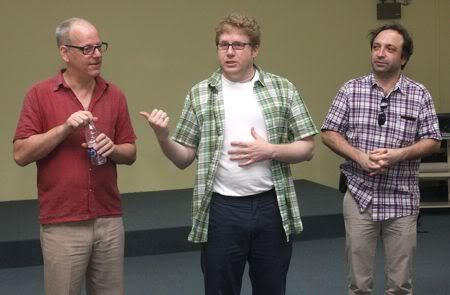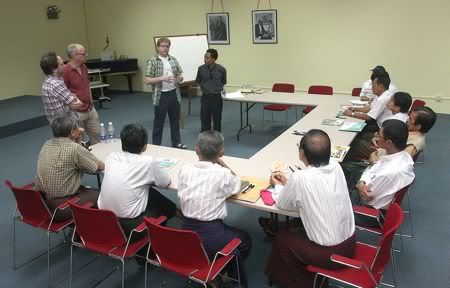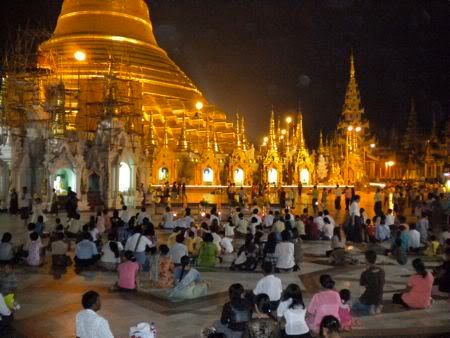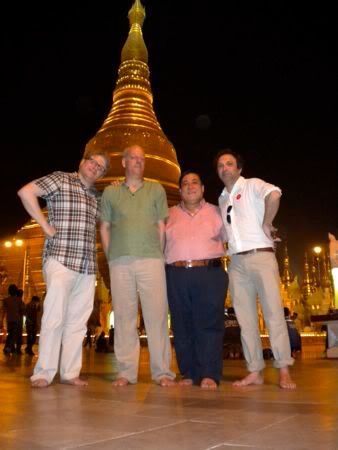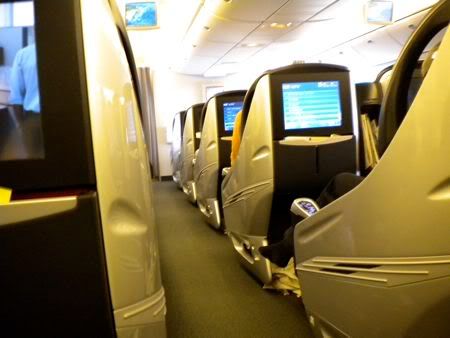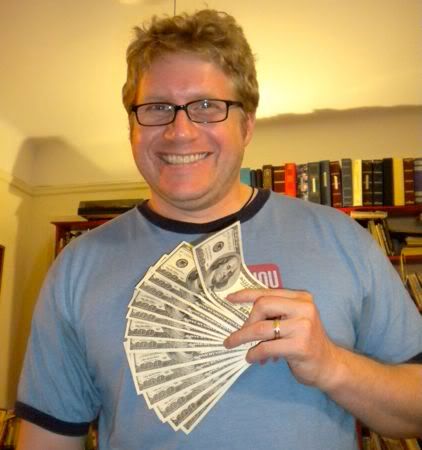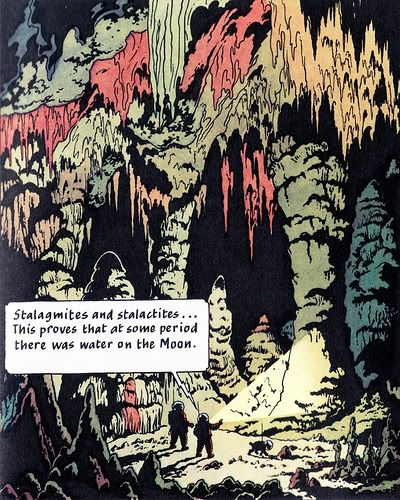For the afternoon “amateur” sessions, to be held over at the Alliance Française, over 35 people had signed up, so Badoux, Émile, and I split them up into three “classes,” with the idea that the students would rotate each day, getting a chance to learn from each one of us.
It turned out that the “amateur” group was actually comprised of about half Burmese comics professionals and half interested amateurs — including two women (one Burmese and the other Australian) and one Buddhist monk.
Now, before we actually arrived in Myanmar, we had received some guidelines from the American and French embassies about the workshops. Remember, at its heart, this was a propaganda mission, to spread Western concepts of democracy and free expression. To quote from the original invitation I received, it was thought that “by utilizing the concept of graphic novels (a popular but rare form of communication in Burma), the target audience will have a chance to better understanding this art form and gain insight into using it as an effective means of telling stories, particularly to the youth. In Burma’s strictly censored and controlled society, people are always seeking ways to circumvent the system, and graphic novels can be another means of doing so.”
That is all well and good, but I couldn’t very well teach a workshop with such an explicit political agenda. From our brief time in the country, Badoux, Émile, and I realized that the Burmese comics culture was starting from such a rudimentary place — especially in terms of the content it addressed — that it would be better to just make comics together. Simple as that. So early ideas of discussing “‘comics and the artistic process,’ ‘the psychology of line styles and color,’ ‘word picture dynamics,’ and ‘visual iconography and its effects” were out the window.
So my approach to the afternoon workshops was to focus on collaboration and creativity. Taking my cues from mini-comics I first discovered back in Chicago — done by Chris Ware, Dan Clowes, Terry LaBan, and others — I showed my students how to create eight-page mini-comics from one sheet of paper, and split them up into pairs to work collaboratively. The idea was that each pair come up with a simple concept together — just a launching-pad, really — and then create an eight-page story based on that concept, trading the comic back and forth, each doing a page at a time.
This idea of cooperation and competition — to me, the foundation stones of collaboration — seemed new to them, and there was some initial resistance (probably also partly caused by the language barrier). Eventually, however, the students got the idea — that they shouldn’t try to work the story out in advance or discuss what they planned to do, but just respond viscerally and playfully to what their partner had left them with — and the results were often really wonderful. (Concepts the students came up with included: a broken clock, learning to play football [soccer], going shopping, being trapped on a desert island, Internet dating, and picking fruit from a very high tree.)
I found that the best pairings were often when two people of different skills worked together, finding a happy medium between their talents. And maybe my favorite pair was the male Burmese professional and the female Australian amateur. He spoke no English and she no Burmese, and yet their collaboration — about a child learning to swim — was dynamic, surprising, and best of all, funny!
During the course of making these two-person “jam” comics, I found time to work in discussions of materials (pencils, pens, brushes, and paper), use of the computer (yes, the Burmese use PhotoShop too!), basic storytelling techniques (e.g., creating characters and situations), and sources of ideas and creative inspiration. And I talked about my work, specifically A.D. I figured that just by talking about the book (and its condemnation of the American response to Hurricane Katrina), the message — and the connection to their own tragedy of Cyclone Nargis — would be explicitly clear.
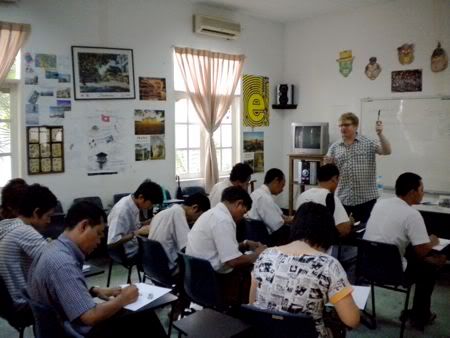
Professor Josh
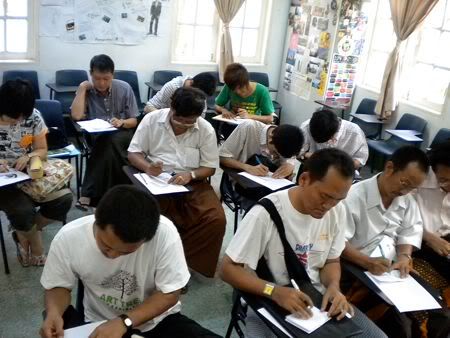
Hard at work
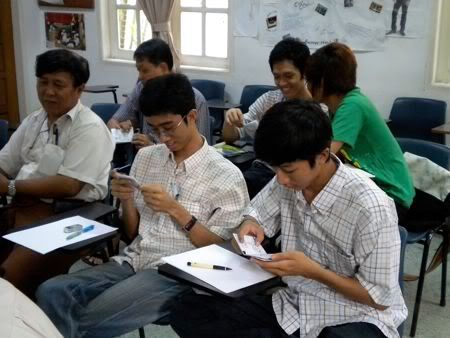
Passing around the finished minis



